
Indus Valley Civilization Map, Indus valley civilization, Historical maps
A map shows some of the cities and towns of the ancient Indus valley civilization, with some modern city and country names included.
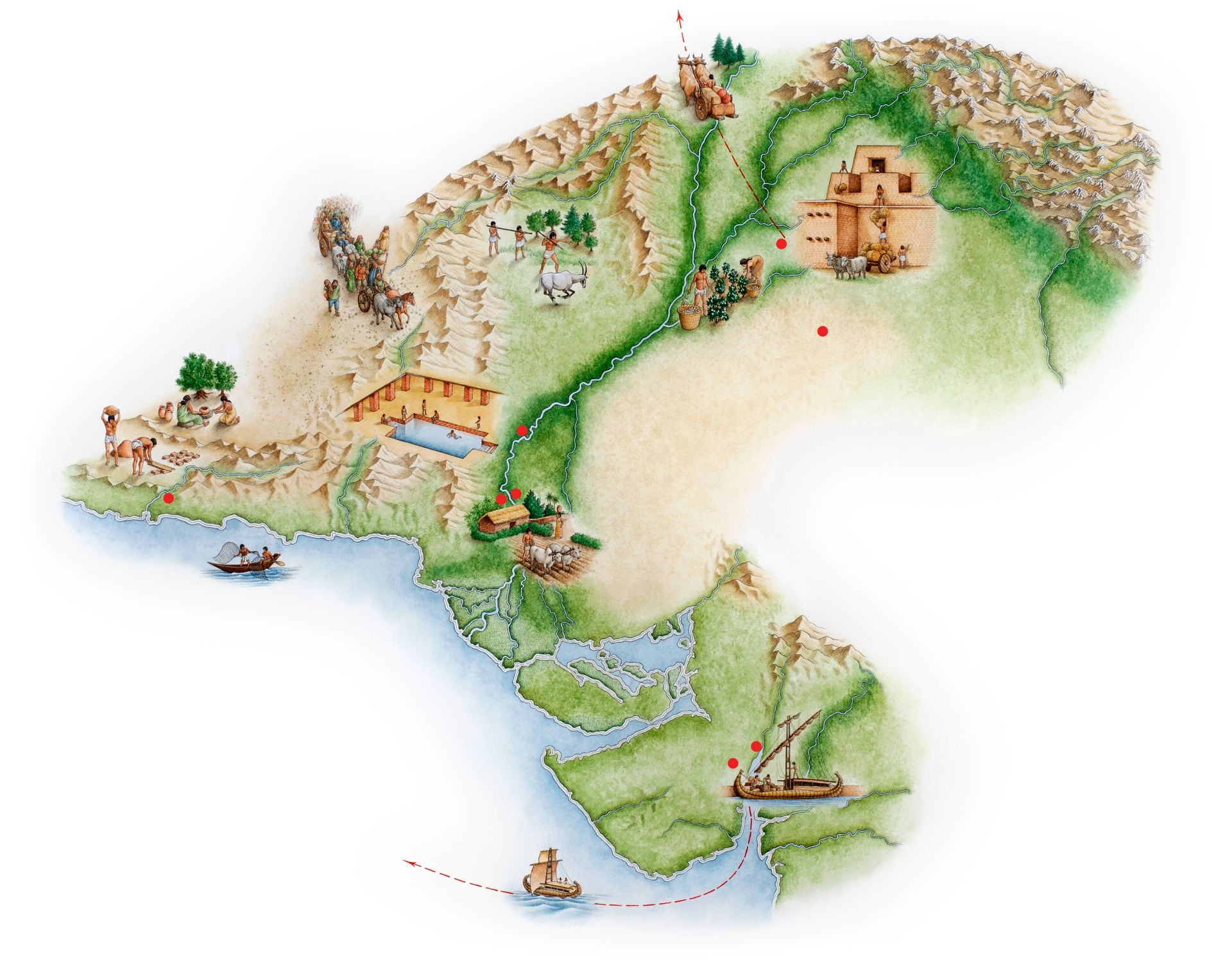
Where Is Indus Valley Indus Civilization Map DK Find Out
Overview The Indus River Valley Civilization, 3300-1300 BCE, also known as the Harappan Civilization, extended from modern-day northeast Afghanistan to Pakistan and northwest India. Important innovations of this civilization include standardized weights and measures, seal carving, and metallurgy with copper, bronze, lead, and tin.

Indus Valley Civilization map India world map, Indus valley civilization, Map
The Indus River Valley (or Harappan) civilization lasted for 2,000 years, and extended from what is today northeast Afghanistan to Pakistan and northwest India. Sal explores the history of this civilization, its technological innovations, its art, its architectural practices, and its agriculture. Questions Tips & Thanks
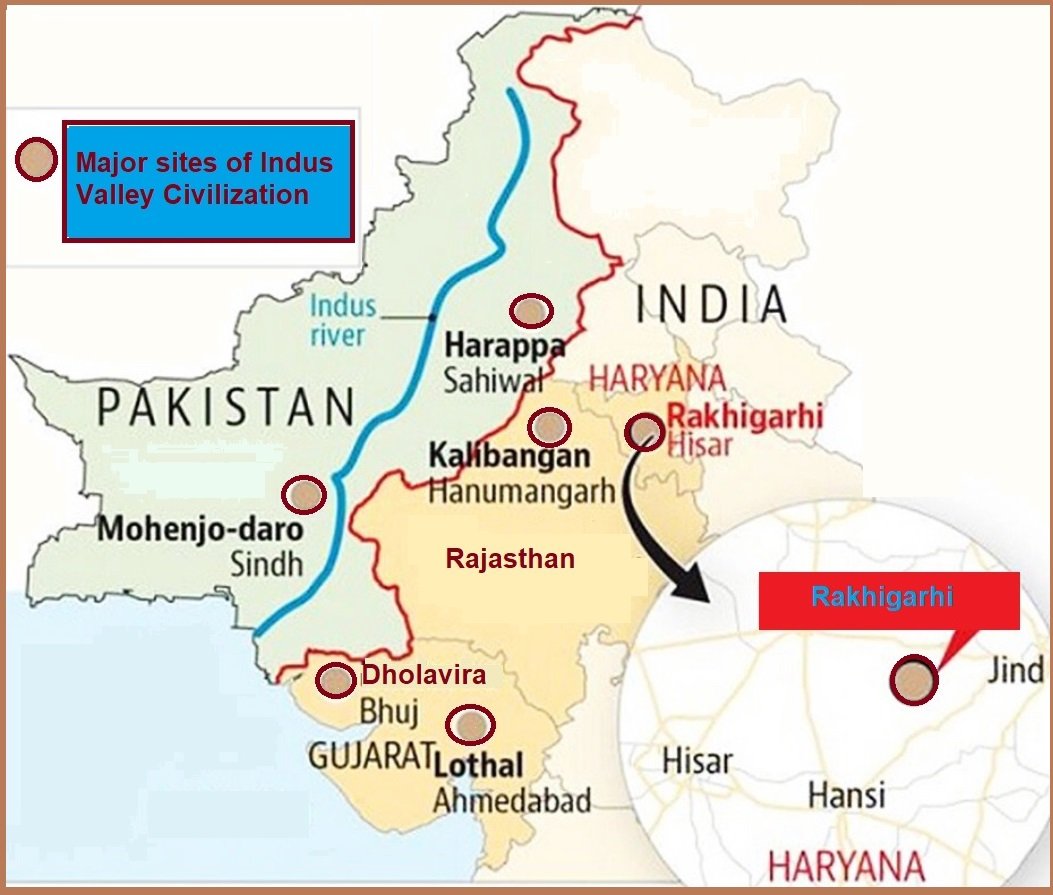
Indus Valley Civilization History & Facts
Harappa, Mohanjodaro, Banawali and Dholavira are considered as the four main Harappan Sites. Till 1999, over 1,056 urban areas and settlements had been found. 96 sites have been excavated, mostly in the region of the Indus and Ghaggar-Hakra Rivers and their tributaries.
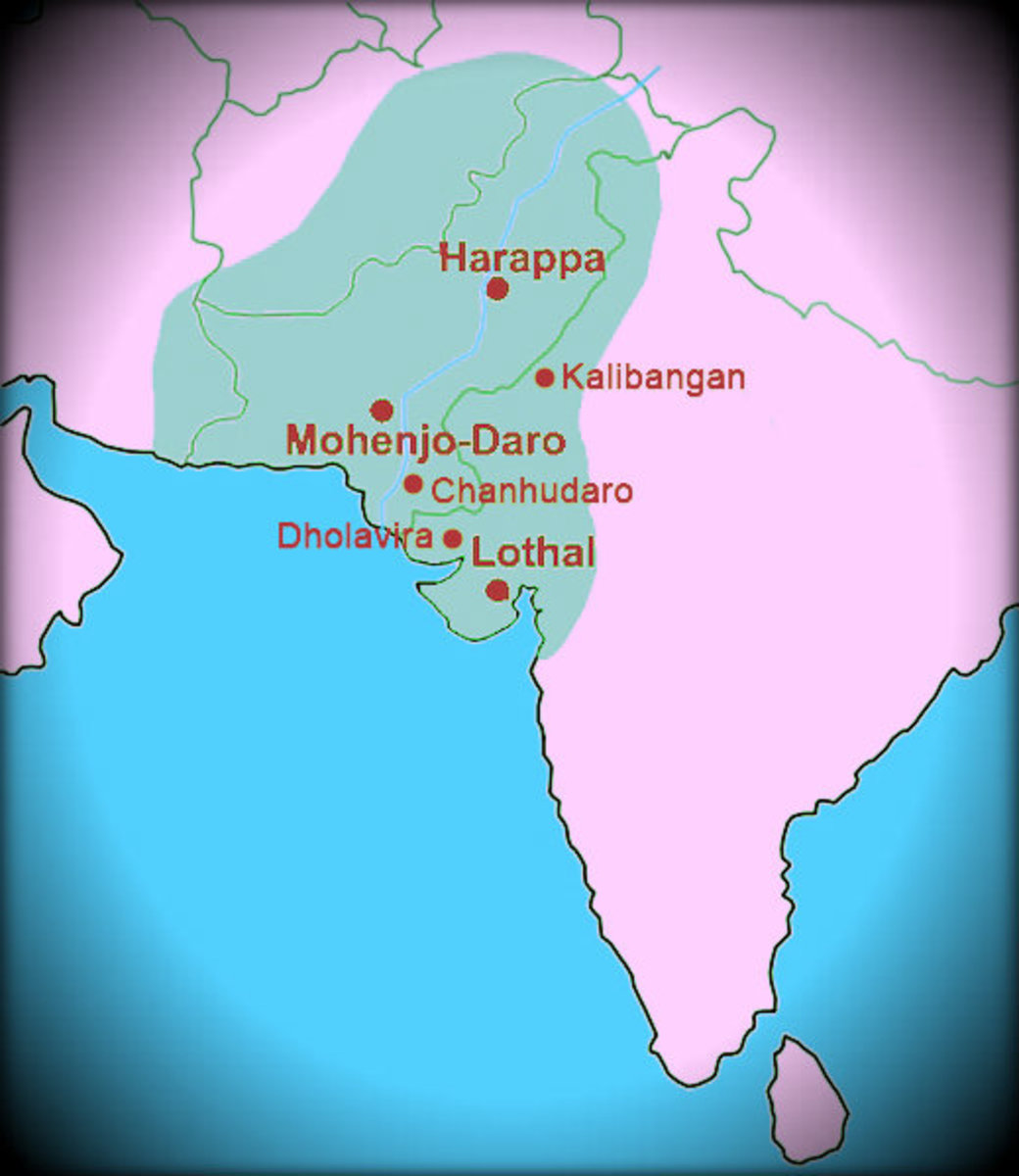
Indus Valley Civilization HubPages
The scientific and mechanical technique of working with bronze. copper, and tin. The Indus Valley Civilization existed through its early years of 3300-1300 BCE, and its mature period of 2600-1900 BCE. The area of this civilization extended along the Indus River from what today is northeast Afghanistan, into Pakistan and northwest India.
.png)
Indus Valley Civilisation Wikiwand
Simple map of Indus valley civilization.svg 472 × 554; 365 KB. Togau phase sites map 1.svg 652 × 487; 418 KB. Topographic map of Ahar-Banas culture 1.svg 823 × 678; 532 KB. Urbanism in the Indus valley.png 3,868 × 4,156; 2.26 MB.

Dholavira On Political Map Of India Https Asi Nic In Ancient India Recent Issues New Series 1
The Indus Valley Civilisation was an ancient civilization that existed around 2500 BCE in what is now northwest India and Pakistan. It was one of the earliest civilizations in the world and was known for its advanced city planning, impressive architecture, and sophisticated engineering. The Indus Valley people developed a system of writing, but.

Buy Indus Valley Civilization Map online Indus valley civilization, Ancient history facts
Although over a thousand Mature Harappan sites have been reported and nearly a hundred excavated, there are five major urban centres: (a) Mohenjo-daro in the lower Indus Valley (declared a UNESCO World Heritage Site in 1980 as "Archaeological Ruins at Mohenjodaro"), (b) Harappa in the western Punjab region, (c) Ganeriwala in the Cholistan Desert.

Rise of the Indus Valley Ancient and Early Medieval India
Only 40 sites on the Indus valley were discovered in the pre- Partition era [4] by archaeologists The centre of this civilization is Mohenjo-daro and Harappa , whereas Harappa is located in Punjab, Pakistan and Mohen Ji Daro in the Sindh, Pakistan Province.

Indus Valley Civilization Part I For UPSC Civil Services Exam
Extent and major sites of the Indus Valley Civilization. The shaded area does not include recent excavations such as Rupar, Balakot, Shortughai in Afghanistan, Manda in Jammu, etc. Remove Ads Advertisement License & Copyright Based on Wikipedia content that has been reviewed, edited, and republished. Original image by Dbachmann.
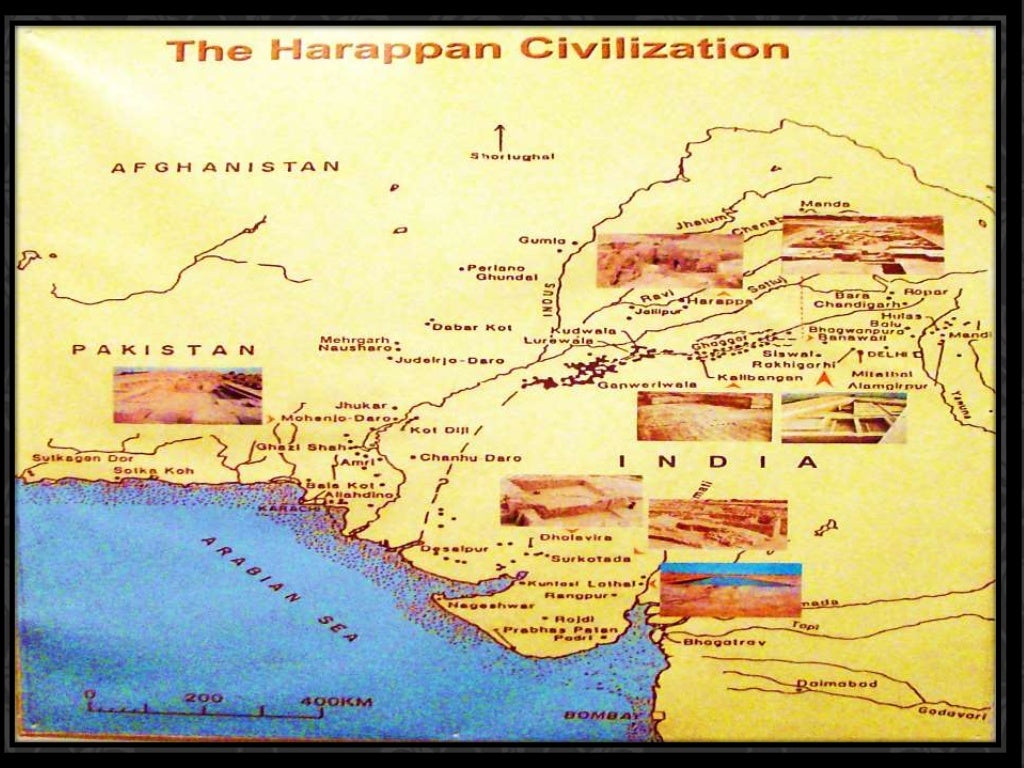
Indus valley civilization(original)
The Indus Valley is contemporary with the civilizations of Mesopotamia and Ancient Egypt. The civilization is famous for its large and well-planned cities. Over 1,052 cities and settlements have been found. Most of these are small, but amongst them are some of the largest cities of their time, especially Harappa and Mohenjo-daro.
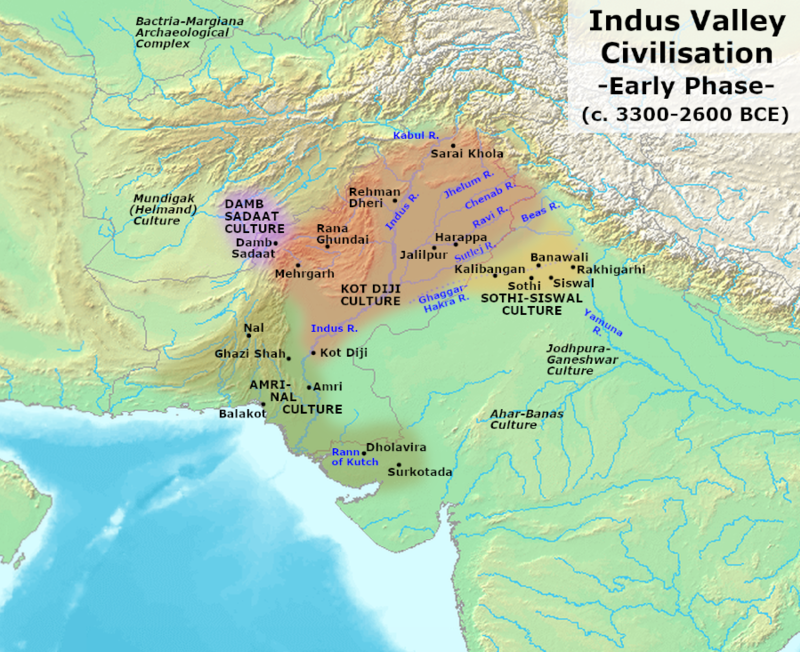
Indus Valley Civilisation Origin SELF STUDY HISTORY
Indus Valley Civilization sites have been found near the border of Nepal, in Afghanistan, on the coasts of India, and around Delhi, to name only a few locations. Between c. 1900 - c. 1500 BCE, the civilization began to decline for unknown reasons.

88 best images about Indus Valley Civilization or Harappan civilization (India, Pakistan) on
Japanese Dutch Archaeological Ruins at Moenjodaro (Pakistan) © UNESCO Outstanding Universal Value Brief synthesis The Archaeological Ruins at Moenjodaro are the best preserved urban settlement in South Asia dating back to the beginning of the 3rd millennium BC, and exercised a considerable influence on the subsequent development of urbanization.
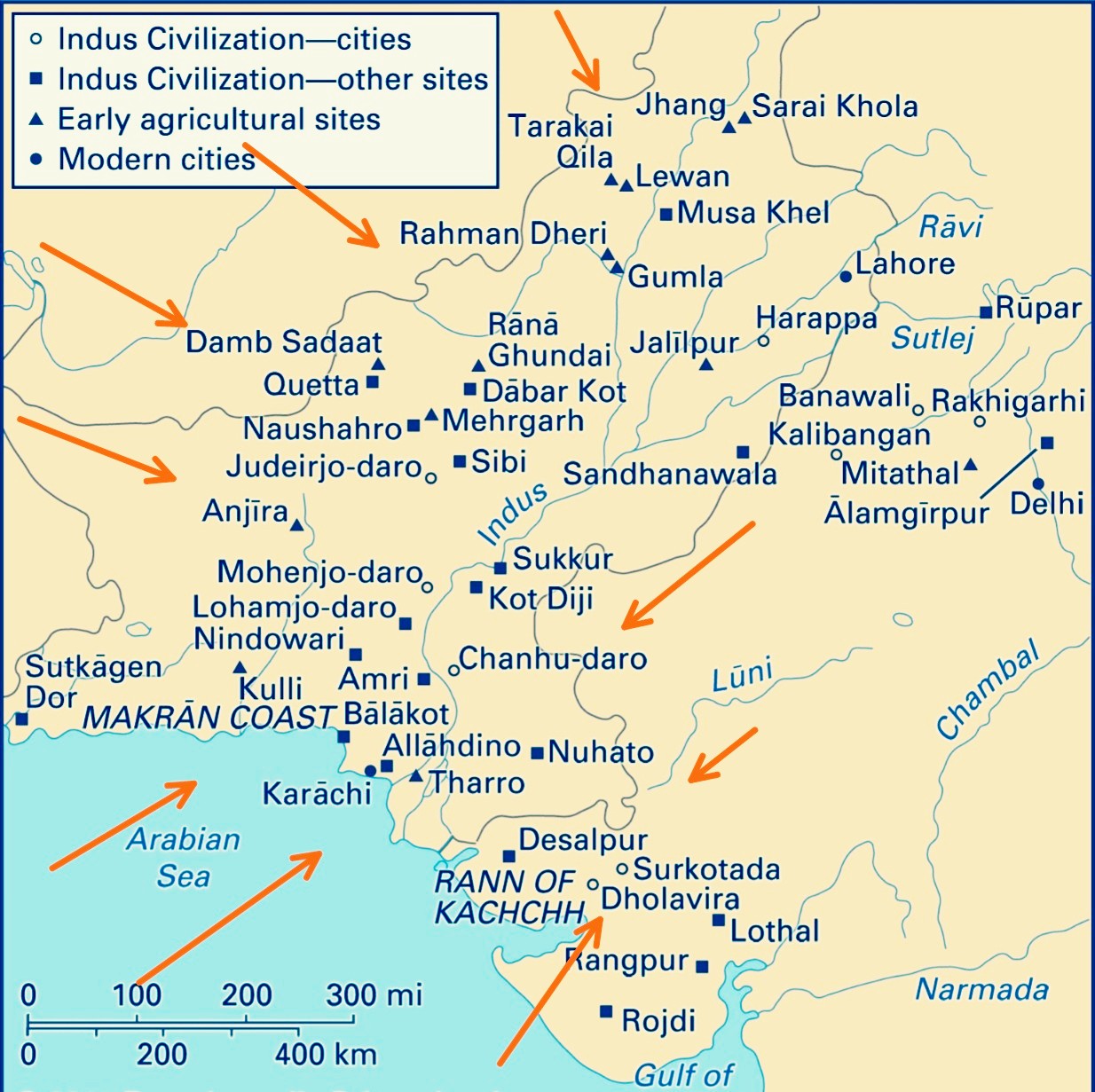
Indus Valley Civilisation Rishi Upsc
The civilization was first identified in 1921 at Harappa in the Punjab region and then in 1922 at Mohenjo-daro (Mohenjodaro), near the Indus River in the Sindh (Sind) region. Both sites are in present-day Pakistan, in Punjab and Sindh provinces, respectively.

[Ancient India] All You Need to Know About Indus Valley Civilization AKA Harappan Civilisation c
Both locations are in modern-day Pakistan, in the provinces of Punjab and Sindh, respectively. The Indus valley civilization is well-known for two enormous cities, Harappa and Mohenjo Daro, as well as more than 100 towns and villages, many of which were tiny in size. In 1980, the Mohenjo Daro ruins were designated a UNESCO World Heritage site.

Important sites of the Indus Valley Civilization Indus valley civilization, India map
Map showing the sites and extent of the Indus Valley civilization. Harappa was the centre of one of the core regions of the Indus Valley Civilization, located in central Punjab. The Harappan architecture and Harappan Civilization was one of the most developed in the old Bronze Age.